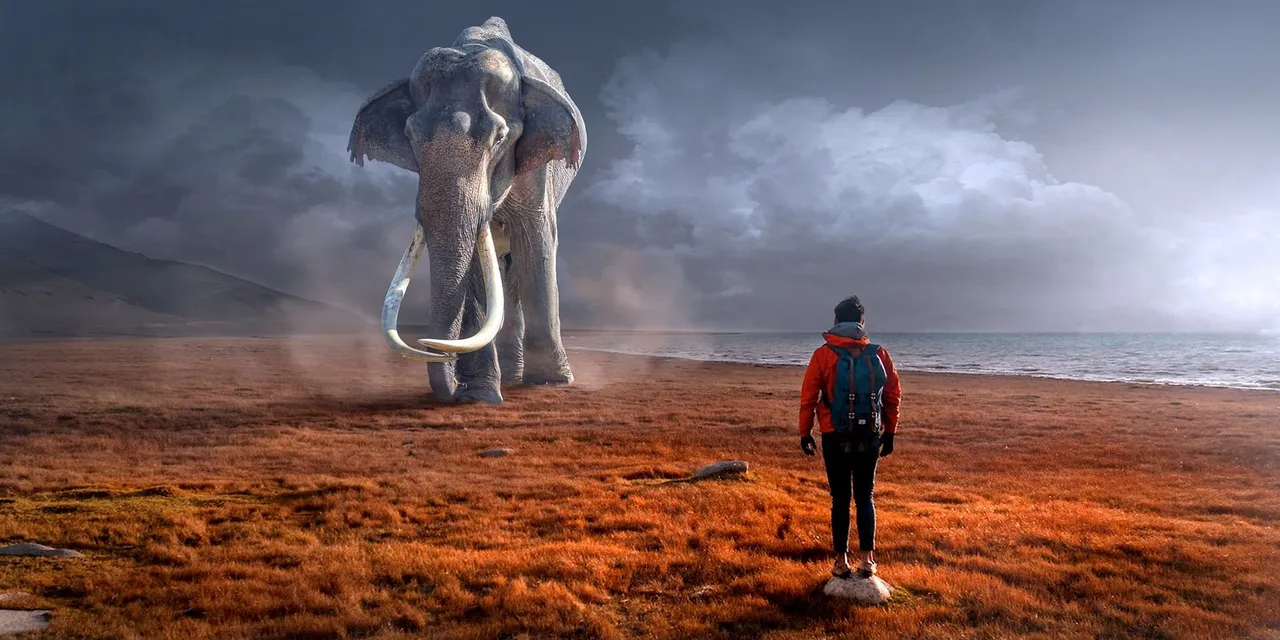The start-up company Colossal Biosciences plans to bring back mammoths by editing the genome of an elephant using the genetic editor CRISPR.

Image by Stefan Keller from Pixabay
- Be also sure to check out my other posts and follow me @kralizec and subscribe to my Youtube channel at Kralizec Gaming Youtube Channel
Ben Lamm – a Texan entrepreneur – and George Church – a popular geneticist from Harvard University created a start-up company called Colossal Biosciences. And they have big plans. They want to bring back the mammoth utilizing the full force of the gene-editing tool CRISPR.
If Colossal Biosciences succeeds we could see the return of the famous Mammuthus primigenius and see it in the arctic tundra. And while some of you might be scared that we will be creating monsters like in Jurassic Park this is truly unlikely. Yet, the success or failure of a project such as this is reliant on how the public views them.
This is in part why the start-up emphasizes they are not building deadly tourist traps for the reason of making amoral profit but that they actually want to recreate a whole lost ecosystem that could help the fight against climate change in the tundra.
Interestingly enough, the mammoth seems to be almost an ideal candidate for this. First of all, there is plenty of mammoth DNA freely available in the tundra. Then, mammoths' close relatives still live among us. It’s also true that it will be much harder to experiment on elephants than on fruit flies but the scientists have a lot of self-confidence.
The resurrected mammoths would actually be a hybrid between the original mammoth and an elephant. But that’s a common situation in nature. And while there are a few ways to resurrect mammoths the scientists decided on an approach that sounds pretty simple and increases their chances of success. They will take the genome of an Indian elephant and then rewrite it using CRISPR to change it into the genome of a mammoth.
This will be easier than you might think. The genomes of elephants and mammoths aren’t that different. 99.6 % are the same. So, scientists need to review just 0.4 % of the genome. It will be a lot of work but it is actually doable with our current technology.
Colossal Biosciences doesn’t want to resurrect just mammoths but also the environment in which they lived. A cold but dry climate with low grasses that used to be found in a major part of Eurasia and North America. But this environment mostly stopped existing as large mammoths went extinct and the north turned into tundra and the south into the taiga.
Sources:
- If you like the content I’m producing about science maybe you will like the content I produce about gaming as well! Be sure to check out my other posts!
